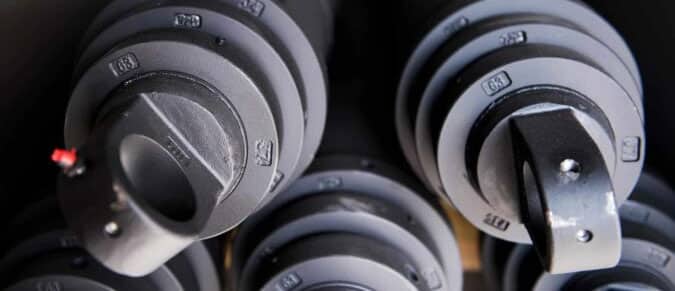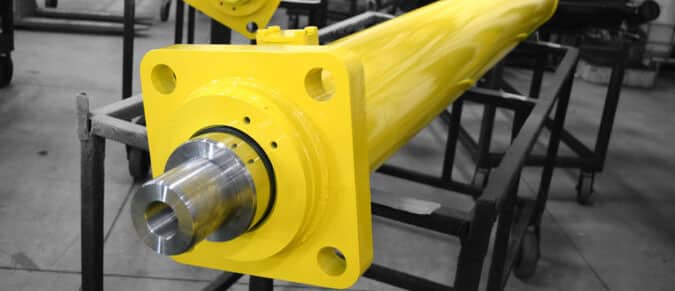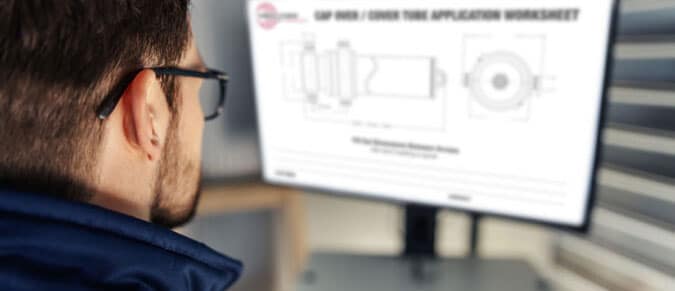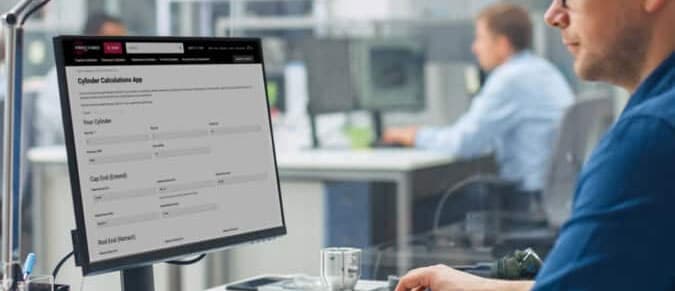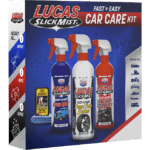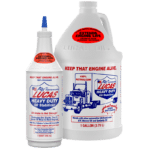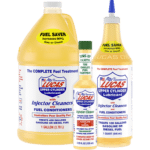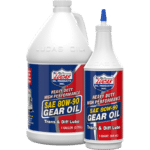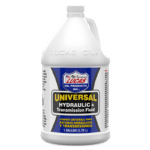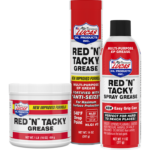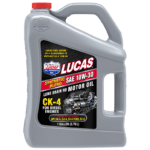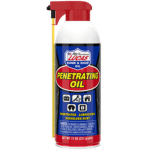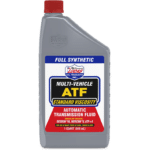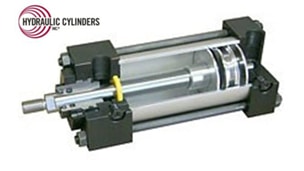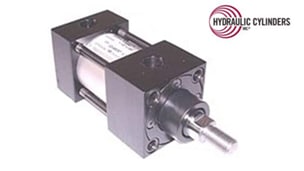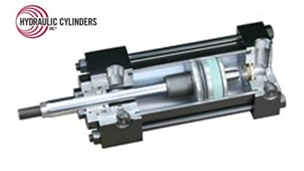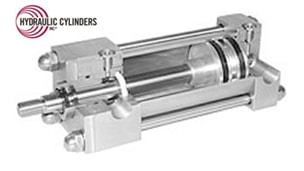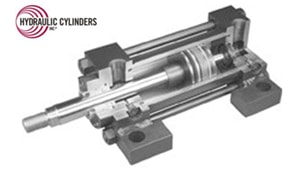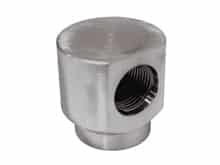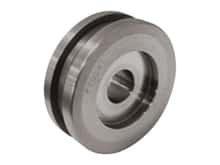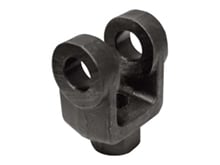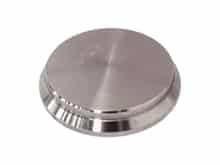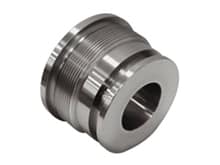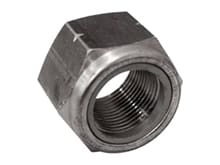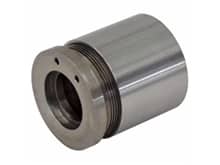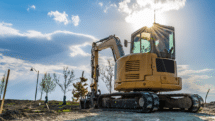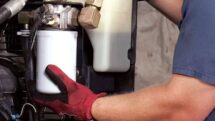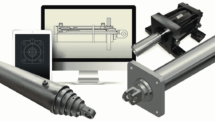Understanding Why Your Hydraulic Cylinder Won’t Retract
Expanding and retracting motions are the backbone of hydraulic cylinders, facilitating controlled movements for transporting or moving loads. However, if your hydraulic cylinder is not retracting, this could be a sign that your equipment is damaged or needs repair. Malfunctioning hydraulic cylinders can create expensive solutions, damage equipment, or halt operations altogether.
Understanding why your hydraulic cylinder is not retracting will help you avoid challenging maintenance work and costly downtime. The first step in diagnosing issues is knowing how single-acting and double-acting cylinders operate.
How Do Single-Acting & Double-Acting Hydraulic Cylinders Retract?
Single-acting hydraulic cylinders have an internal spring and use pump pressure to extend the rod. Retracting a single-acting hydraulic cylinder involves using either the spring or the weight of the carried load. These cylinders are often used in applications requiring single-directing lifting.
Double-acting hydraulic cylinders do not have an internal spring, relying instead on hydraulic pump power to extend and retract the rod. These cylinders are more common and used in applications requiring precise control over movement to lift and push loads. It is normal for double-acting hydraulic cylinders to retract at a different pace than they extend due to the varying pressure levels required for each operation.
Now that we have a basic understanding of how these cylinders operate, let’s take a look at possible reasons a single-acting or double-acting cylinder won’t retract.
Reasons Your Hydraulic Cylinder Is Not Retracting
Unfortunately, many things can prevent a hydraulic cylinder from retracting properly. Knowing what to look for and how to avoid future problems can save costs and help you demolish downtime. Learn about 8 potential reasons your hydraulic cylinder is not retracting.
1. Hydraulic Fluid Contamination
Hydraulic fluid is essential for effective hydraulic operations, keeping your cylinder lubricated and aiding in heat dissipation and power transfer. However, contaminated hydraulic fluid can lead to damaged equipment. Foreign particles act as abrasives, damaging critical interior components or creating blockages in the fluid flow path.
To prevent contamination, first, make sure you understand the different types of hydraulic fluid and use the correct formula for your equipment. Additionally, verify that the fluid reservoir remains tightly sealed to protect against foreign contaminants. Monitor your fluid regularly to ensure it stays clean and particle-free.
2. Worn or Damaged Piston Seals
While seals are excellent at preventing fluid leaks, they naturally wear over time. Failing to replace worn or damaged piston seals can lead to fluid leaks and insufficient levels of hydraulic fluid in your system. This can cause cylinders to become hydraulically locked and unable to retract or extend fully. Worn seals can also cause misalignment problems between the seal and the cylinder rod, creating cylinder retracting issues.
Preventing these issues is easy. Regularly check your seals for damage, and always make sure you use replacement seals of the correct size and material for your system’s operating temperature and pressure.
3. Mechanical Damage to Cylinder Rods or Barrels
Cylinder rods and barrels can become damaged for many reasons, from impact by heavy objects or machinery to attempting to lift a heavier load than what your cylinder is rated to handle. Any deformation of the rod and barrel will prevent the cylinder from stroking correctly, inhibiting its ability to retract fully.
Avoid overloading or mishandling your hydraulic cylinder to reduce the risk of mechanical damage. Replacing rods and barrels at the first sign of harm is critical not only to fix retracting issues but also to prevent safety issues and avoid permanently damaging your equipment.
4. Pressure Imbalances
Internal pressure imbalances can create malfunctions within a cylinder system, affecting its ability to extend and retract. These imbalances can result from problems such as hydraulic fluid leaks or misalignment issues. Balanced pressure is fundamental to cylinder retraction efforts and any imbalance can lead to gradual or immediate failure.
Be sure to monitor the pressure levels in your hydraulic cylinder system to resolve any inconsistencies before they can escalate. Adjust or replace valves and seals as necessary to prevent pressure imbalances and avoid damage.
5. Extreme Temperatures
While hydraulic cylinders function efficiently in their specific temperature ranges, operations outside of the range can create performance issues or damage. Intense high temperatures can accelerate damage to seals or degrade hydraulic fluid, leading to fluid leaks or unstable operations. Extreme low temperatures can cause hydraulic fluid to become sluggish and thick, reducing its lubrication properties and preventing extending and retracting efforts.
If your hydraulic cylinder is not retracting due to operating outside its specified temperature range, cease operations and only resume after returning to safe temperatures. Before beginning again, verify that your hydraulic fluid, seals, and valves are still reliable and safe to use. Only use your hydraulic cylinder within its specified temperature range to protect your equipment.
6. Hydraulic Cylinder Drift
Sometimes, hydraulic cylinders retract when they shouldn’t. Known as hydraulic cylinder drift, this problem is caused by internal fluid leaks and is characterized by hydraulic cylinders slowly retracting while under load. While not as severe in light-duty applications, a retracting hydraulic cylinder under heavy loads can cause major equipment damage and endanger the lives of anyone nearby. Routinely check your hydraulic fluid levels and inspect your cylinders for evidence of leaking fluid to avoid hydraulic cylinder drift.
7. Improper Installation
Incorrectly installing a hydraulic cylinder is harmful and can lead to several mechanical issues. Common problems resulting from improper installation include misalignment, accelerated wear and degradation, and total system failure. These issues strain your hydraulic system, harming its expanding and retracting functions.
When installing your hydraulic cylinder, take extra care to follow all manufacturer guidelines to ensure correct cylinder installation. Observe your system often to monitor operations and quickly identify any functional issues if they arise.
8. Lack of Routine Maintenance
By now, you’ve probably guessed the underlying theme: routine maintenance protects your hydraulic cylinder. While cylinders are built for durability and longevity, performing regular maintenance checks on all aspects of your hydraulic system is essential. Failure to stay up-to-date on your cylinder’s maintenance may result in decreased performance, damaged equipment, or even failed operations.
Implement routine tests to evaluate your hydraulic cylinder, from hydraulic fluid to seals to valves and more. Check for any dents, bends, or damage, and repair your system as necessary. Staying aware of your system’s condition will help you quickly identify reasons your hydraulic cylinder is not retracting so you can solve any issues and get back to work as soon as possible.
Find the Best Replacement Hydraulic Cylinders at Hydraulic Cylinders, Inc.
Performing regular inspections and using the correct hydraulic cylinder for your industry and application is the best way to prevent issues with retracting hydraulic cylinders and keep your equipment in good condition. However, when you’re ready to upgrade your cylinder system, look to Hydraulic Cylinders, Inc. for the best hydraulic equipment available.
HCI carries American-made, performance-built hydraulic cylinders for mobile and industrial equipment. Our product line includes welded rod, telescopic, and NFPA tie-rod cylinders in various sizes to meet your requirements. Shop our inventory online, contact us, or give us a call to discuss our stock and custom hydraulic cylinder solutions.

